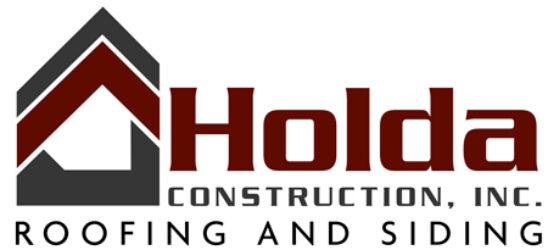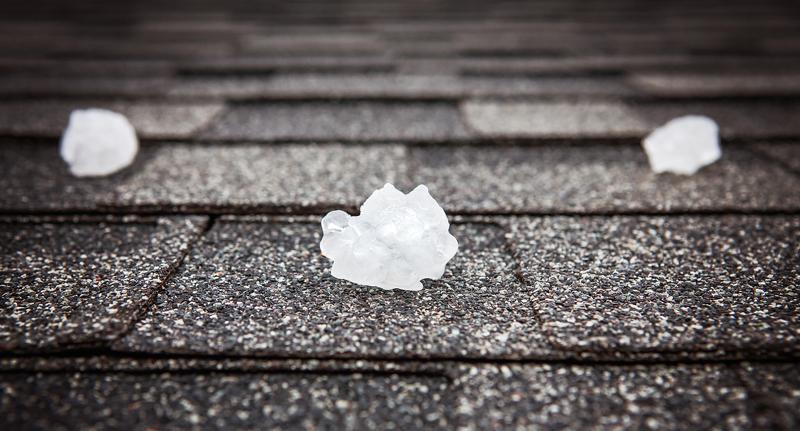We had quite the storm this week in much of Northern Illinois, and we’ve been racing to keep up with all the calls and customer inspections.
We often hear from homeowners concerned about potential damage after severe hail like this, but unsure what to do, or even what to look for in terms of areas of damage.
We invite you to join us through this video series, as we inspect a customer’s home in Palatine and point out the damage caused by the recent large hail.
Hailstorms can cause significant damage to roofs, gutter systems, vents, and siding and, if any of these things are compromised, homeowners need to act fast to prevent further issues.
After a hailstorm, it’s crucial to inspect your roof for any signs of damage. Even small hailstones can cause issues and, if left unchecked, they can lead to more extensive problems down the road.
4 Things to Look at to Check for Signs of Hail Damage on Your Roof
1. Inspect gutters and downspouts.
Hailstorms can damage gutters and downspouts. Look for dents or cracks in the gutters, as well as any signs of rust or corrosion. Check the downspouts for any obstructions or damage that could prevent water from flowing properly.
2. Check for granule loss.
Hailstones can knock off the granules that protect the shingles from the sun and other elements. Look for excessive granule loss on your shingles, which can lead to accelerated wear and tear on your roof. This can also cause your shingles to become brittle and more susceptible to further damage.
3. Look for signs of leaks.
After a hailstorm, it’s essential to look for any signs of leaks in your home. Check your ceilings for water stains or discoloration, as well as any musty or moldy smells. If you notice any of these signs, it’s important to have a professional inspect your roof to identify the source of the leak.
4. Note any dents, cracks, gaps or missing shingles.
You will see in this video the severe dents on our customer’s vents. And while we didn’t see the following during this inspection, you will want to also want to check for cracks or missing shingles.
Hire a Professional Roofing Contractor
If you’re not sure how to inspect your roof for damage or if you notice any signs of damage, it’s important to hire a professional. A roofing contractor can inspect your roof for any signs of damage and provide recommendations for repairs or replacements. They can also help you file an insurance claim if necessary.
Additionally, you will want to contact your home insurance company and schedule an inspection through them. Most policies will cover and want to repair hail damage before more serious problems develop. They will come to your home, complete the inspection, and provide you with a report / summary of what they will cover.
To summarize, it’s essential to inspect your roof after a hailstorm to identify any signs of damage. Hail damage can lead to leaks and other problems down the road, so it’s important to act fast.
If you’re not sure how to inspect your roof or if you notice any signs of damage, we are more than happy to use our over twenty years of experience to help you.
By taking the necessary steps to repair any damage, you can protect your home and prevent more extensive repairs in the future.

